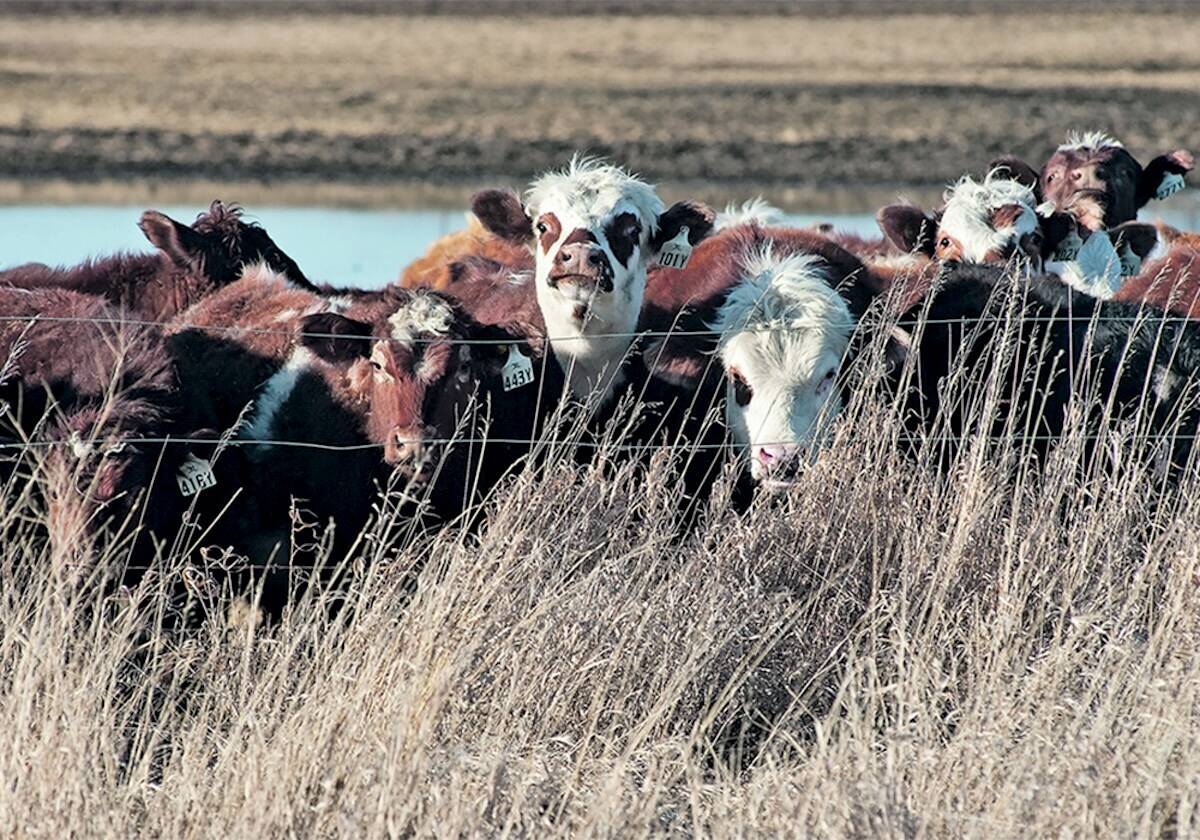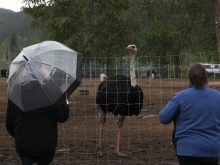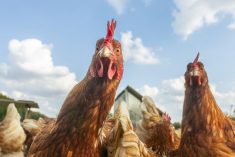Alberta Milk is urging Canadian dairy producers to take precautions against migrating birds after avian influenza was detected in dairy cattle in three U.S. states.
In a March 28 release, the producer group said Dairy Farmers of Canada (DFC) has been working closely with the Canadian Food Inspection Agency (CFIA) as the situation develops.
It also offered new updates on the virus, which has been found in some Texas, Kansas and New Mexico dairy herds. These include:
Read Also

Canadian cattle groups look to renew national organization
Canadian Cattle Association review and potential reset were the focus of a two-day meeting of nine provincial beef associations.
- HPAI has not been found in cattle in Canada to date
- The HPAI virus is carried by wild birds, most notably waterfowl such as geese and ducks
- These birds are currently migrating towards Canada, but it is not yet known if the virus has been carried here
- HPAI is a zoonotic virus. It is not yet understood how it transferred from birds to cattle, but the potential for transferring from animals to humans cannot be ruled out
- It is recommended that, in addition to everyday biosecurity measures, farmers take further precautions on their farms by reducing access to any areas that may attract waterfowl such as loose feed, nesting grounds or wetland bird boxes
- If you find a dead bird on your property, do not handle it. Contact the Canadian Wildlife Health Cooperative
- It is important to be extra cognizant of introducing pathogens from the wild onto a farm. Make sure not to enter barns wearing boots that were worn off the farm. Limit access to people who have been in sensitive areas (especially the U.S.)
- It is not yet known how long it will take for symptoms to appear in affected animals
- If you detect symptoms in your herd, contact your herd vet immediately. They will then reach out to the CFIA if necessary
- If your animals become infected, remove these sick cows from your milk supply while supportive treatment is provided by your veterinarian
- In order to further reduce risks of transmission, all milk should be pasteurized before consumption as required by Canadian regulations
- Milk sold in Canada remains safe to consume as long as it comes from healthy cows and is pasteurized.
Dairy producers with affected cows are reporting high morbidity with rapid onset, especially in lactating cows, said Alberta Milk. Clinical signs include decreased milk production, including a sudden drop in production. Some severely impacted cows experience thicker, colostrum-like milk.
Affected animals also experienced decreased feed consumption with a simultaneous drop in rumen motility; abnormally tacky or loose feces and fever.
Producers with impacted herds have reported older cows in mid-lactation may be more likely to be severely impacted than younger cows and fresh cows or heifers.
The disease was previously identified as Texas Agalactiae Syndrome according to a March 25 release from Alberta Milk.
















